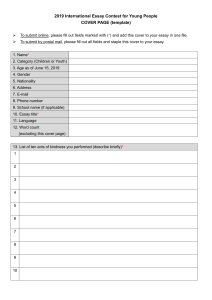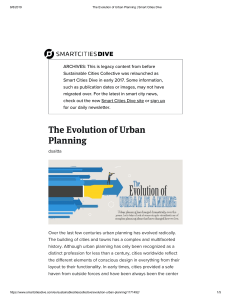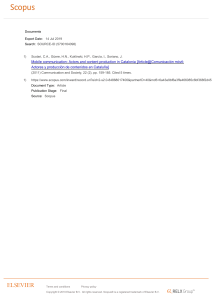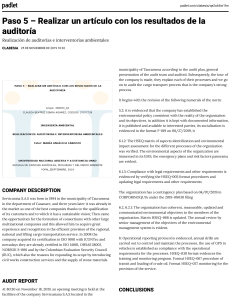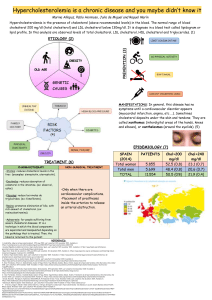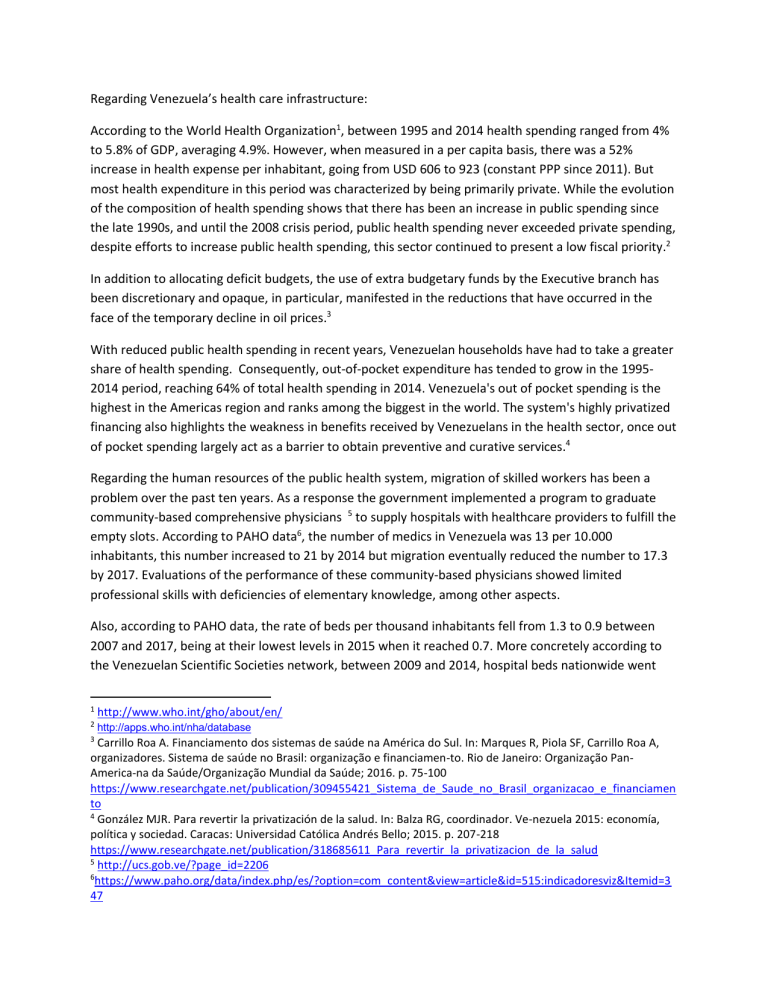
Regarding Venezuela’s health care infrastructure: According to the World Health Organization1, between 1995 and 2014 health spending ranged from 4% to 5.8% of GDP, averaging 4.9%. However, when measured in a per capita basis, there was a 52% increase in health expense per inhabitant, going from USD 606 to 923 (constant PPP since 2011). But most health expenditure in this period was characterized by being primarily private. While the evolution of the composition of health spending shows that there has been an increase in public spending since the late 1990s, and until the 2008 crisis period, public health spending never exceeded private spending, despite efforts to increase public health spending, this sector continued to present a low fiscal priority.2 In addition to allocating deficit budgets, the use of extra budgetary funds by the Executive branch has been discretionary and opaque, in particular, manifested in the reductions that have occurred in the face of the temporary decline in oil prices.3 With reduced public health spending in recent years, Venezuelan households have had to take a greater share of health spending. Consequently, out-of-pocket expenditure has tended to grow in the 19952014 period, reaching 64% of total health spending in 2014. Venezuela's out of pocket spending is the highest in the Americas region and ranks among the biggest in the world. The system's highly privatized financing also highlights the weakness in benefits received by Venezuelans in the health sector, once out of pocket spending largely act as a barrier to obtain preventive and curative services.4 Regarding the human resources of the public health system, migration of skilled workers has been a problem over the past ten years. As a response the government implemented a program to graduate community-based comprehensive physicians 5 to supply hospitals with healthcare providers to fulfill the empty slots. According to PAHO data6, the number of medics in Venezuela was 13 per 10.000 inhabitants, this number increased to 21 by 2014 but migration eventually reduced the number to 17.3 by 2017. Evaluations of the performance of these community-based physicians showed limited professional skills with deficiencies of elementary knowledge, among other aspects. Also, according to PAHO data, the rate of beds per thousand inhabitants fell from 1.3 to 0.9 between 2007 and 2017, being at their lowest levels in 2015 when it reached 0.7. More concretely according to the Venezuelan Scientific Societies network, between 2009 and 2014, hospital beds nationwide went 1 http://www.who.int/gho/about/en/ 2 http://apps.who.int/nha/database 3 Carrillo Roa A. Financiamento dos sistemas de saúde na América do Sul. In: Marques R, Piola SF, Carrillo Roa A, organizadores. Sistema de saúde no Brasil: organização e financiamen-to. Rio de Janeiro: Organização PanAmerica-na da Saúde/Organização Mundial da Saúde; 2016. p. 75-100 https://www.researchgate.net/publication/309455421_Sistema_de_Saude_no_Brasil_organizacao_e_financiamen to 4 González MJR. Para revertir la privatización de la salud. In: Balza RG, coordinador. Ve-nezuela 2015: economía, política y sociedad. Caracas: Universidad Católica Andrés Bello; 2015. p. 207-218 https://www.researchgate.net/publication/318685611_Para_revertir_la_privatizacion_de_la_salud 5 http://ucs.gob.ve/?page_id=2206 6 https://www.paho.org/data/index.php/es/?option=com_content&view=article&id=515:indicadoresviz&Itemid=3 47 from 30.964 to 20.8217 the Health Ministry argued that reducing the number of hospital beds meant not providing services to more than one million people.8 The Human Rights Watch Ngo reports that the Health Ministry released official data indicating that maternal mortality had increased by 65% back in 2016 and infant mortality by 30% compared to the previous year. A few days later, the Minister of Health was dismissed. Since then, the government has not published epidemiological bulletins.9 More recently, the U.N. Human Rights Council released a report after the high commissioner Michele Bachelet visited the country in June 2019. In the report it states that Venezuelas health system situation is dire, pointing out that “(…)healthcare infrastructure that has been declining for years, hallmarked by an exodus of doctors and nurses, unsanitary conditions, and severe shortages in basic medical equipment, supplies and medicines. Families of patients have to provide all necessities, including water, gloves, and syringes. Reports point to shortages of 60 to 100 percent of essential drugs in four of Venezuela’s major cities, including Caracas.”10 The report also indicates that previously controlled and eliminated diseases (measles, diphtheria) have reappeared and are currently active epidemics in the country. Lack of contraceptives in some cities reach as high as 100% increasing the risk of contracting STD’s. There is a widespread lack of availability of, and access to, essential medicines and treatment, water and adequate nutrition while the immunization and preventative health programs have been deteriorating. More recently, Venezuela’s 2019 National Hospital Survey found that between November 2018 and February 2019, 1,557 people died due to lack of supplies in hospitals, including 40 deaths from the March 2019 blackout.11 Over the course of 2019, 63% of hospitals reported failures in the electric energy service, averaging 342 per month. Another problem that hospitals face is Water Supply, where 70% of hospitals nationwide report that they only receive water twice a week, while 9% of the survey reports that they do not receive clean water at all. The survey also traces on the human capital of Hospitals. The national average medic per emergency room (ER) was 21.4, a slight decline from the 23.1 at the beginning of 2019. However, a sharp decline of medics present in the ER occurred during the March blackout, dropping to 19.9. Coming back to the number of beds in the hospital, the survey shows an increase in emergency beds per ER, growing from 36.55 in December 2018 to 46.73 in December 2019. However, operating hospitalization beds declined from 282.8 to 219.6 per hospital over the same period. Regarding medical supply issues, ER’s reported a shortage of 49% in all medications, remaining stable over the year with a single spike of 81% of shortage in November 2019.12 Likewise hospital pavilions began the year reporting a 38.59% of supplies shortages while at the end of the year, it diminished to 7 http://www.oas.org/fpdb/press/Informe-Codevida--Provea-Marzo-2016.pdf Ministerio del Poder Popular para la Salud. Memoria 2012. Caracas: pag 114 https://studylib.es/doc/8058628/cap%C3%ADtulo-1-marco-normativo-2012 9 https://www.hrw.org/es/world-report/2020/country-chapters/337313 10 https://www.ohchr.org/EN/NewsEvents/Pages/DisplayNews.aspx?NewsID=24788&LangID=E 11 https://www.encuestanacionaldehospitales.com/2019 1era parte 12 https://www.encuestanacionaldehospitales.com/2019 2da parte 8 32.59%. This is a result of constant humanitarian aid entering the country and distributed by the PAHO, UNICEF and Red Cross. More specifically, by December 2019 42% of hospitals reported that they had no asthma medications, 36.97% reported that the supply was intermittent and only 21% reported to have a constant supply of this medication. It is important to mention that there is a considerable theft problem in Venezuela’s hospitals, where 490 instances at 30 hospitals nationwide reported some kind of theft.



